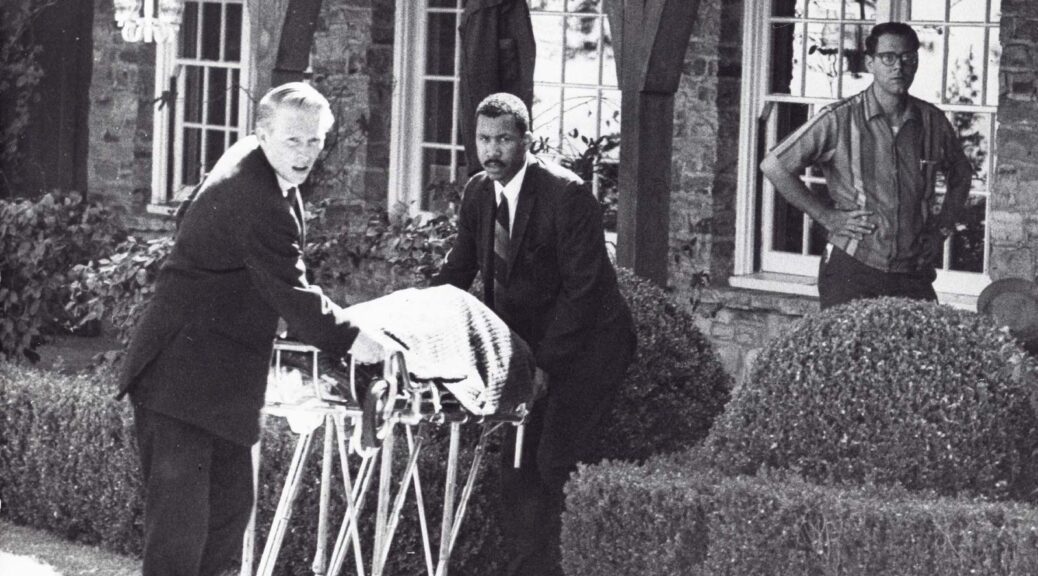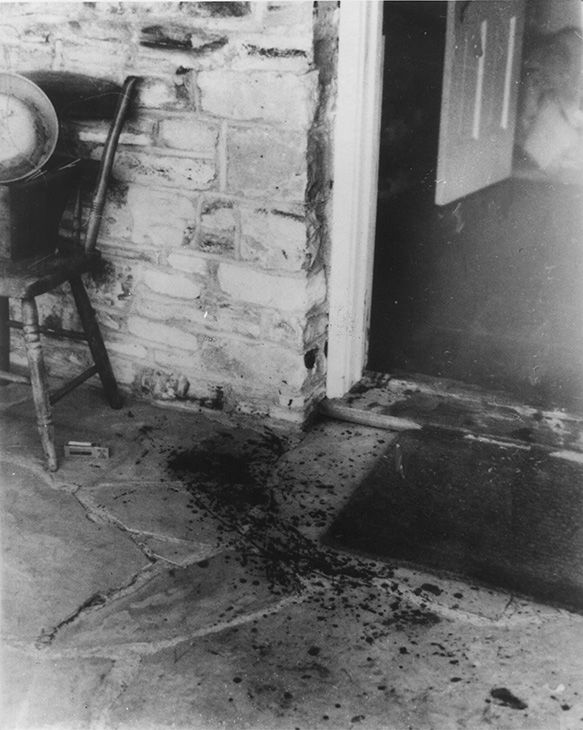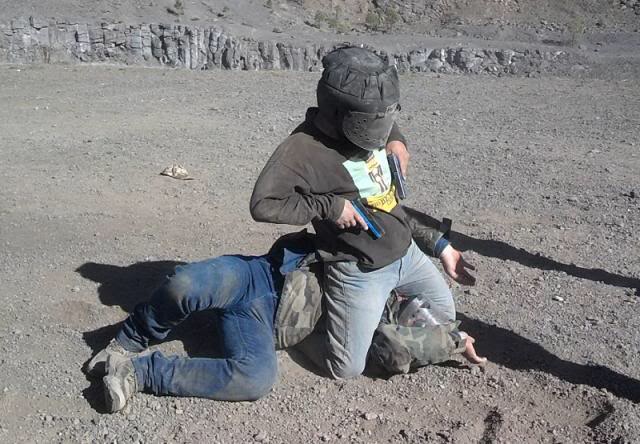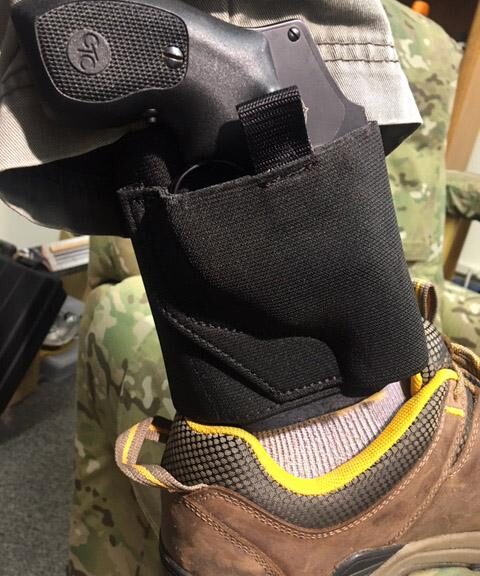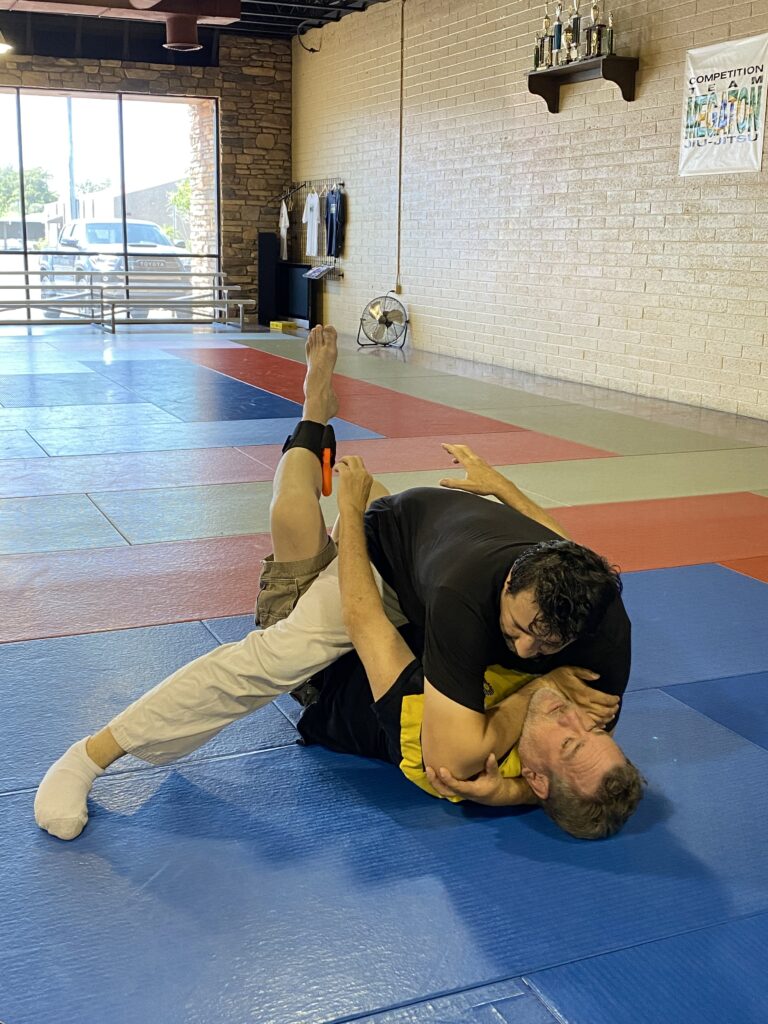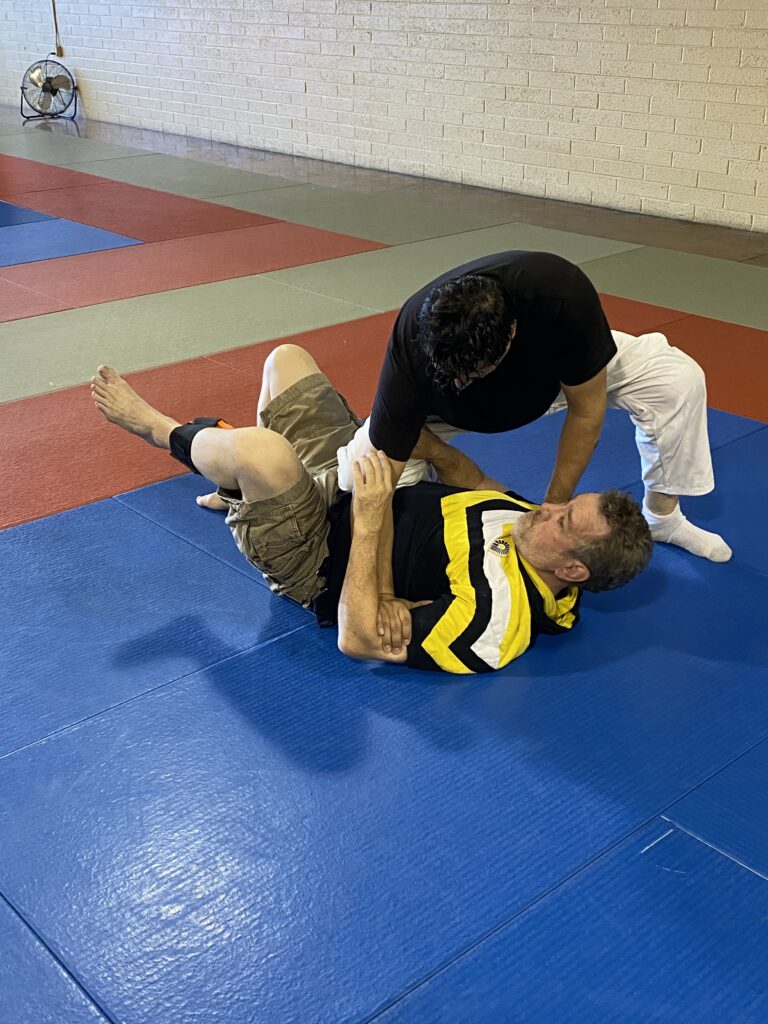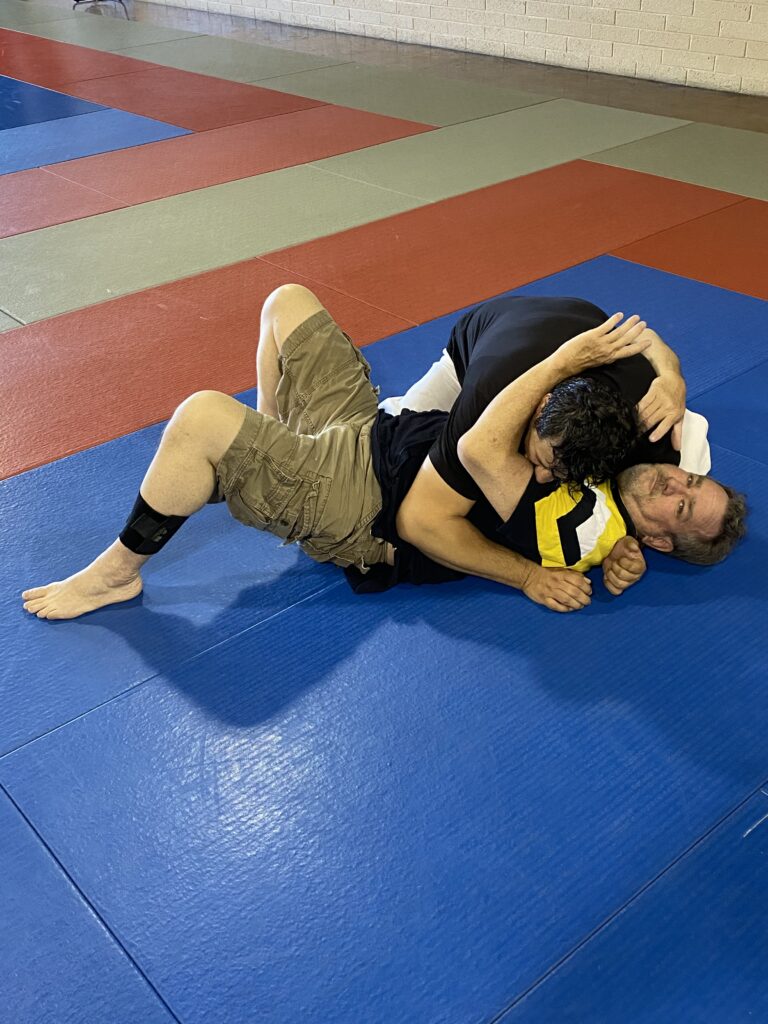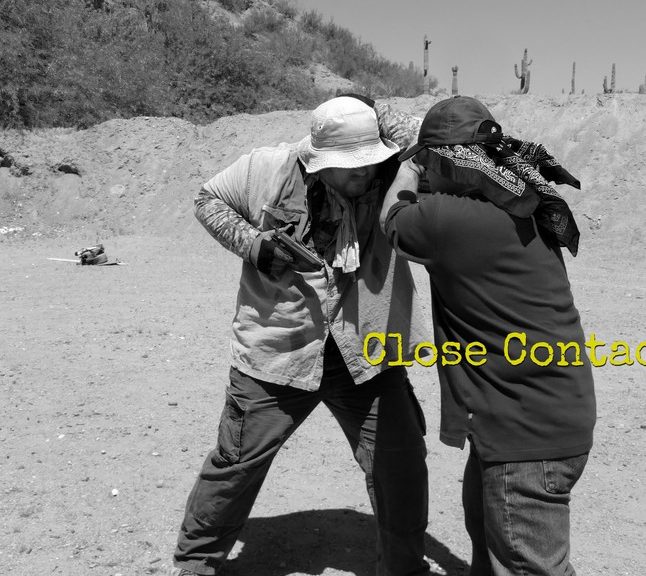About a year ago or so I wrote an article on ankle carry and how I find – for at least a portion of my normal week – that it is a good solution based on my specific personal context. In doing so, I sent a great chunk of the tacticool Gun Guys on the internet into a tizzy. Apparently, suggesting that ankle carry may have some validity seem to trigger them the same way talkin about how Pumpkin Spice Lattes are gross triggers upper class white liberal females.
And because I can’t leave well enough alone and I am a glutton for punishment, I recently wrote another article in regards to ankle carry and how one popular rational rationalization of it actually was wrong (that it is easy to access in a grounded grappling scenario). In doing so I completely ticked off the other half of the firearms internet community including the ones who were very happy about my original article and thought I was cool. Not so much now…..
So since I’ve irritated or angered everybody, I may as well add to that proclivity so let’s talk about pocket carry of a handgun.
For many people the only acceptable alternative to belt carry of any handgun is in the pocket. and even this acceptance is somewhat reluctant with many of the gun oriented self-defense community. But it does seem to be the only other niche carry that ever gets brought up in normal and accepted firearm groups.
For others it may be the main way they carry. It could be forced upon them by the clothing they have to wear or it may be their primary choice. Those who do advocate such tend to talk about the reasons centering around how easy it is to draw a gun in such a carry method, especially in colder climates when a heavier jacket can be worn. Being able to surreptitiously carry something like a snub revolver in a forward coat pocket in a situation where you may have your hands in that pocket anyway (such as keeping your hands warm) makes the draw pretty fast and can be a game changer in self-defense situations.
The problem that seems to pop up with this method is that few people seem to understand the limitations and only focus on the advantages. I myself will on occasion pocket carry, but only when certain criteria are met. I take into consideration the drawbacks of this method and then see if it is outweighed by the positives.
What are the limitations of pocket carry? There are two that I will cover here.
The first limitation is that for pocket carry to be fast and easy to access you have to be standing. If you plan to spend most of your day on your feet either walking around or standing for extended periods, absolutely being able to draw from the pocket can be incredibly functional and practical. However, under the life-and-death stress of a violent criminal assault, trying to draw from the pocket if you are in any other position but standing up right you will run into massive problems and roadblocks. Seated in a car is a nightmare trying to draw quickly, as is sitting in a restaurant booth at a crowded table and where the seats are tightly packed in. It is almost a mirror image to ankle carry where with the gun on the ankle drawing and shooted from any kind of seated position actually helps the draw and standing up puts large barriers in the way. In contrast to that, pocket carry needs a straight up standing position to facilitate a smooth draw.
The other overwhelming limitation of pocket carry is an entangled fight, whether standing upright or horizontal on the ground. Trying to draw a gun out of any pocket when you are in contact with another person is horrific to contemplate and even worse to actual try to accomplish. In a standing clinch it’s extremely problematic but on the ground it is close to Impossible. Unless you have a massively overwhelming grappling skill set the chance that you will get a gun out of a pocket is slim to none.
I have read where some people will advise “So what? You carry more guns! One in each front pocket or possibly one in the back pocket.” I’ve even seen some people say a cargo pocket in pants is a perfect location. Let me say this very plainly and this is based on 32 years of continuous and ongoing high-level Brazilian Jiu-Jitsu training as well as over 20 years of trying to apply grappling in a weapons based environment. Unless you are an extremely skilled and talented grappler, who has spent an inordinate amount of time working this problem, I don’t care what pocket you are carrying in, or how many pockets are occupied with firearms, you will not be producing that gun in that fight. End of story, period.
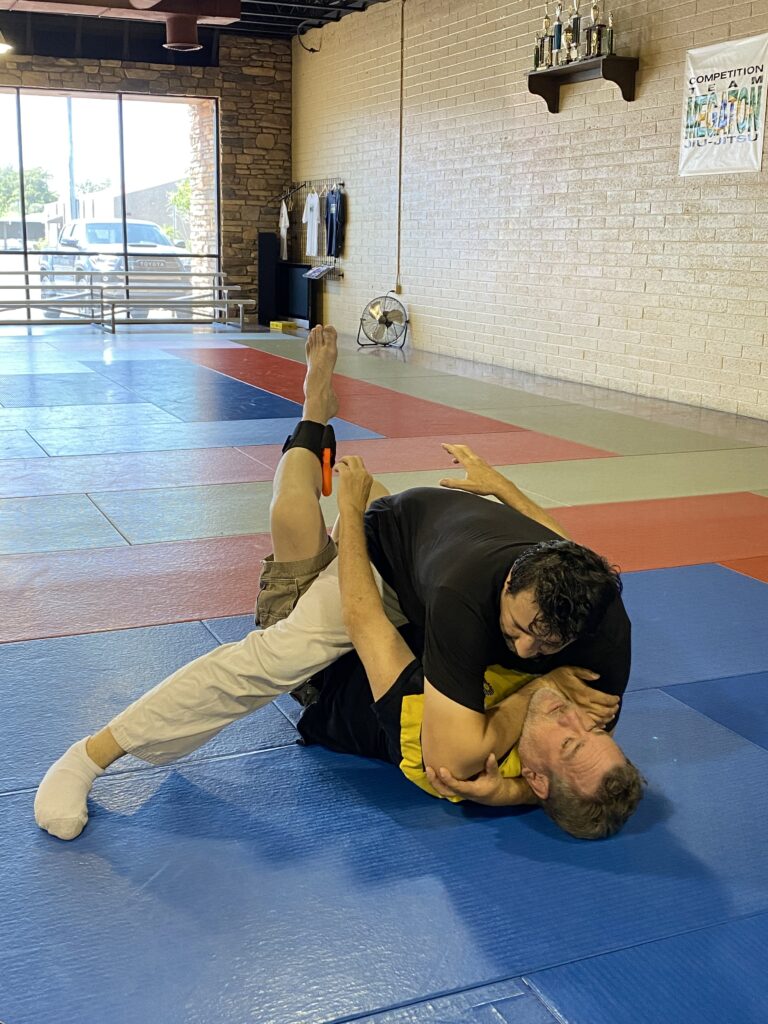
Take a look at the pictures I used to illustrate my ankle carry article. The top person is doing pure Brazilian Jiu Jitsu and note how in each of those positions his control is such that there is no way I’ll be able to get a gun out. Number one, I’m probably not even going to be able to reach it and get my hand on it, let alone actually deploy the gun. Look at the knee on belly picture for example. Which of my hands is going to be free? The top guy has absolute control over my outside arm so reaching that pocket is out of the question, and for my inner arm the pocket is blocked by his leg shin and hips. Same with the mount. How am I going to stretch my body out to get my hand in position to draw it against somebody controlling me so tightly. It makes no logical sense.
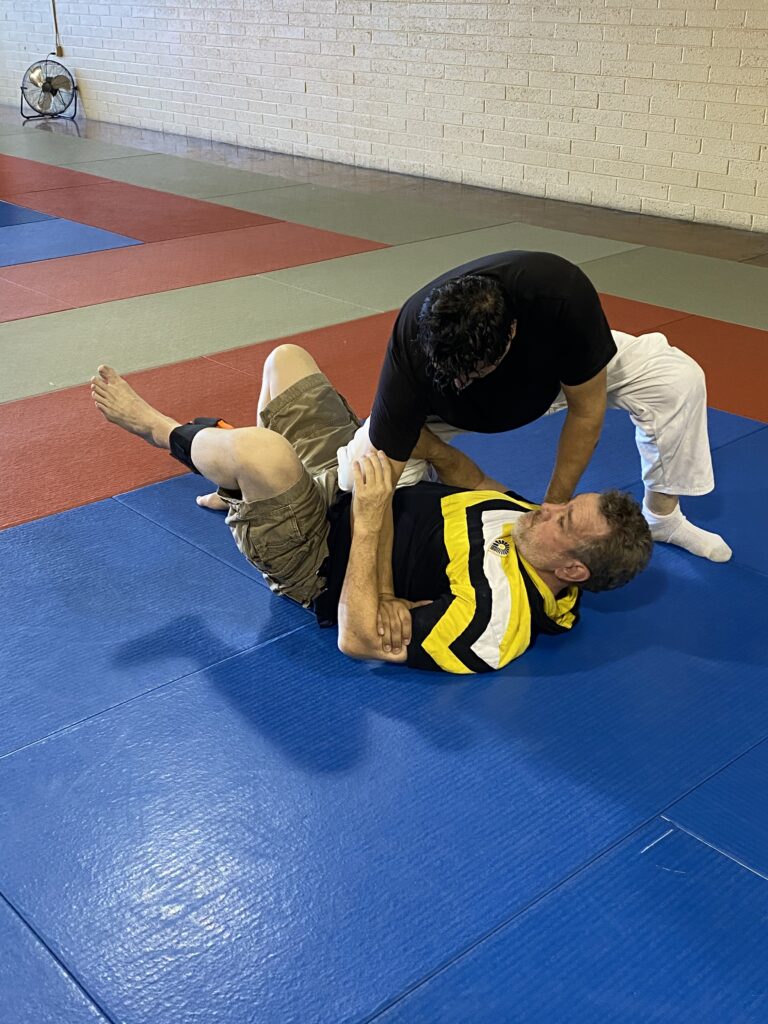
If you feel that I’m incorrect In these assertions, it’s easy to prove me wrong. Grab some training partners and put blue guns in pockets and go at it. Videotape the proceedings and upload it for the world to see. As I said I’ve been doing this for over 20 years trying to work this problem but I can count on one hand the number of times I’ve seen somebody from a bottom position be able to access a gun from the pocket. But I stand ready to be taught something new. If someone can authentically argue with facts, then I will listen. But I am not interested in hearing “what ifs”.
As I said in my article looking at ankle carry and grappling I am in no way stating that pocket carry is dumb and you’re an idiot for doing it. As I mentioned earlier I find that at times pocket carries a good thing. All I’m trying to do is to make sure that everybody understands the limitations of this methodology as well as its advantages and then you can use critical thinking to decide if it fits or not for YOU . If we’re talking about keeping ourselves alive in violent criminal assaults, then we have to only concern ourselves with the truth and not what we hope.
Understand the limitations, balance them against the advantages and see if they fit your context. if they do also I won’t make fun of you and no one else should either. You have made a legitimate decision, not one based on fantasy.

